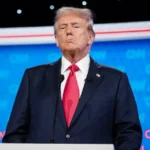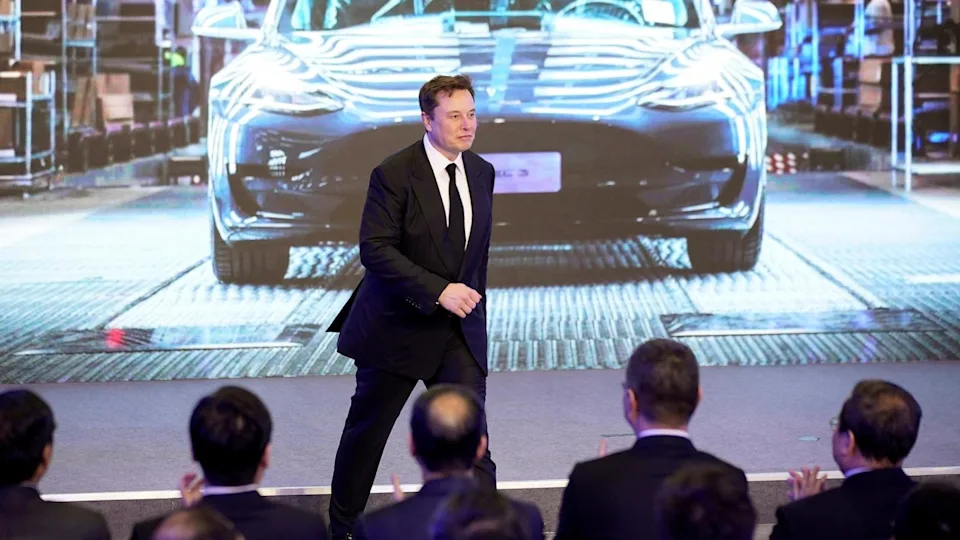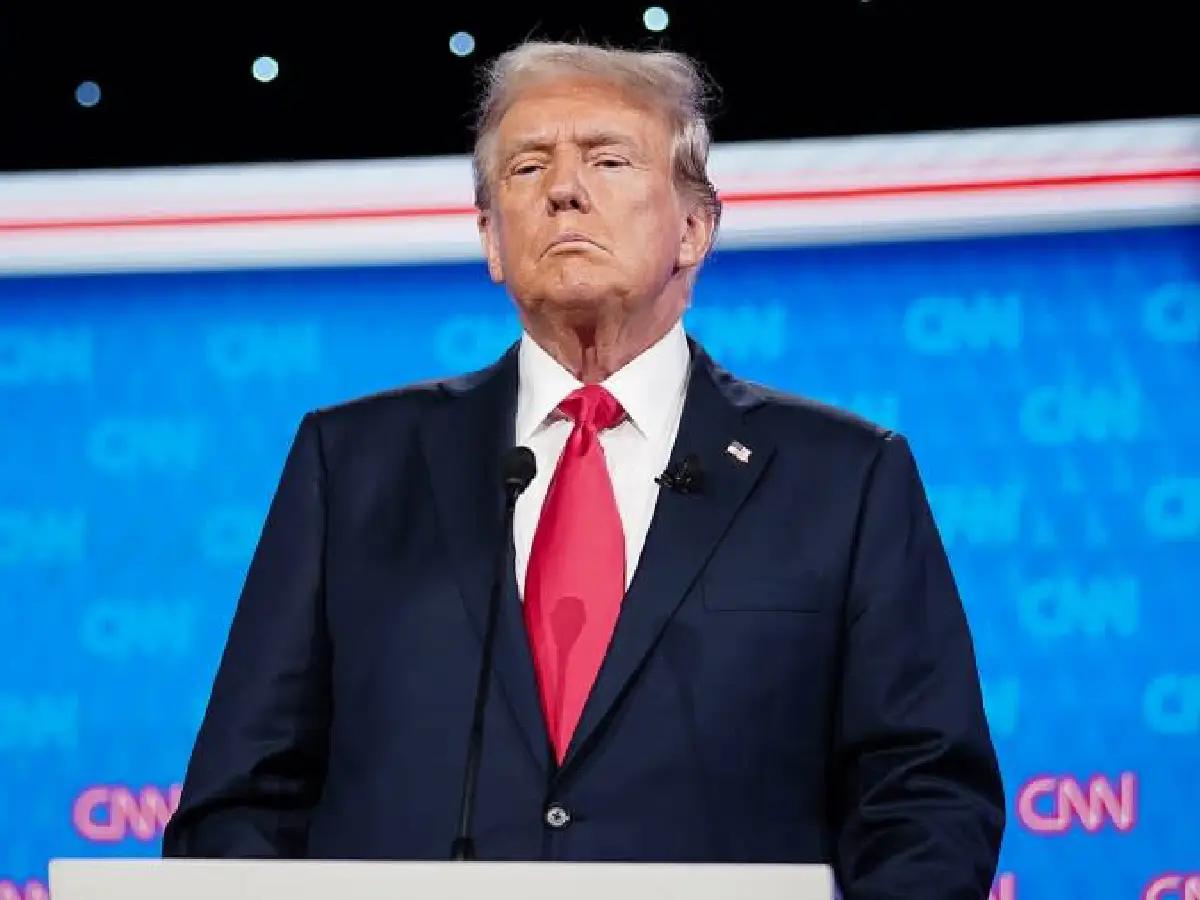In a dramatic escalation of trade tensions between the world’s two largest economies, the Chinese government has announced a series of retaliatory measures in response to the latest tariffs imposed by the United States under President Donald Trump’s administration. The tit-for-tat moves signal a deepening trade dispute that could have far-reaching effects on global economic stability and international trade practices.
The recent announcement from Beijing includes matching President Trump’s tariffs, intensifying the economic battle by enacting similar duties on American imports to China. This measure is set to affect billions of dollars’ worth of goods, increasing the costs for exporters and potentially leading to higher prices for consumers. The reciprocal tariffs mirror the United States’ percentage and target equally significant products and industries, indicating China’s readiness to counterbalance the economic pressure from Washington.
In addition to raising tariffs, China has taken a more severe step by barring a group of American companies from operating within its market. This decision represents a significant escalation beyond monetary measures, touching the very access of these companies to one of the largest markets in the world. The Chinese government has not released a detailed list of the companies affected, but the impact is expected to be substantial, affecting tech giants, manufacturers, and service providers who have invested heavily in the Chinese market as part of their global expansion strategies.
The exact reasons for the blacklist were not elaborately detailed in the Chinese government’s announcement. However, analysts suggest this move could be a response to perceived unfair practices or security concerns related to the operations of these American companies in China. Previously, the U.S. administration has cited national security concerns as justification for various trade restrictions imposed on Chinese companies, including the notable addition of Huawei Technologies to a trade blacklist, restricting its business operations in the U.S.
These developments come against a backdrop of ongoing trade negotiations that have repeatedly hit stalls and reversals. Initially ignited by accusations of intellectual property theft and unfair trade practices levied by the U.S. against China, the trade war has expanded to include a broad spectrum of economic and, increasingly, political factors. Each round of tariffs has been accompanied by attempts at negotiation, but resolutions have been elusive, and the current situation suggests a hardening of positions on both sides.
The economic implications of these escalating trade tensions are significant. Economists predict disruptions in global supply chains, fluctuations in market valuations, and potential slowdowns in economic growth. Particularly, industries that are heavily dependent on imports and exports between the two countries, such as electronics, agriculture, and automotive, are likely to experience significant uncertainty and strain.
Moreover, this trade conflict poses a challenge to the norms of international trade governance. The moves by both Washington and Beijing test the resilience and effectiveness of global institutions like the World Trade Organization (WTO). The ongoing disputes have occasionally bypassed WTO protocols, raising questions about the future of international regulatory frameworks in managing trade disputes.
In response to the situation, global markets have shown signs of volatility, with investors closely monitoring each development and assessing its implications for global economic stability. Market reactions have generally been negative following announcements of escalated tariffs and restrictions, reflecting the broad concern over a prolonged trade war without clear resolution in sight.
The path forward remains uncertain as both nations stand firm in their positions. Diplomatic efforts continue, yet there is no clear indication of an imminent breakthrough. The international community remains hopeful that a negotiated settlement can be reached, averting further economic damage and stabilizing relations between the U.S. and China.
The full impact of these measures will unfold over the coming months, shaping not only the economic landscape but also the geopolitical dynamics of U.S.-China relations. As both nations navigate through these tumultuous times, the global community watches and waits, hoping for a de-escalation of the conflict that ensures continued economic growth and stability.










